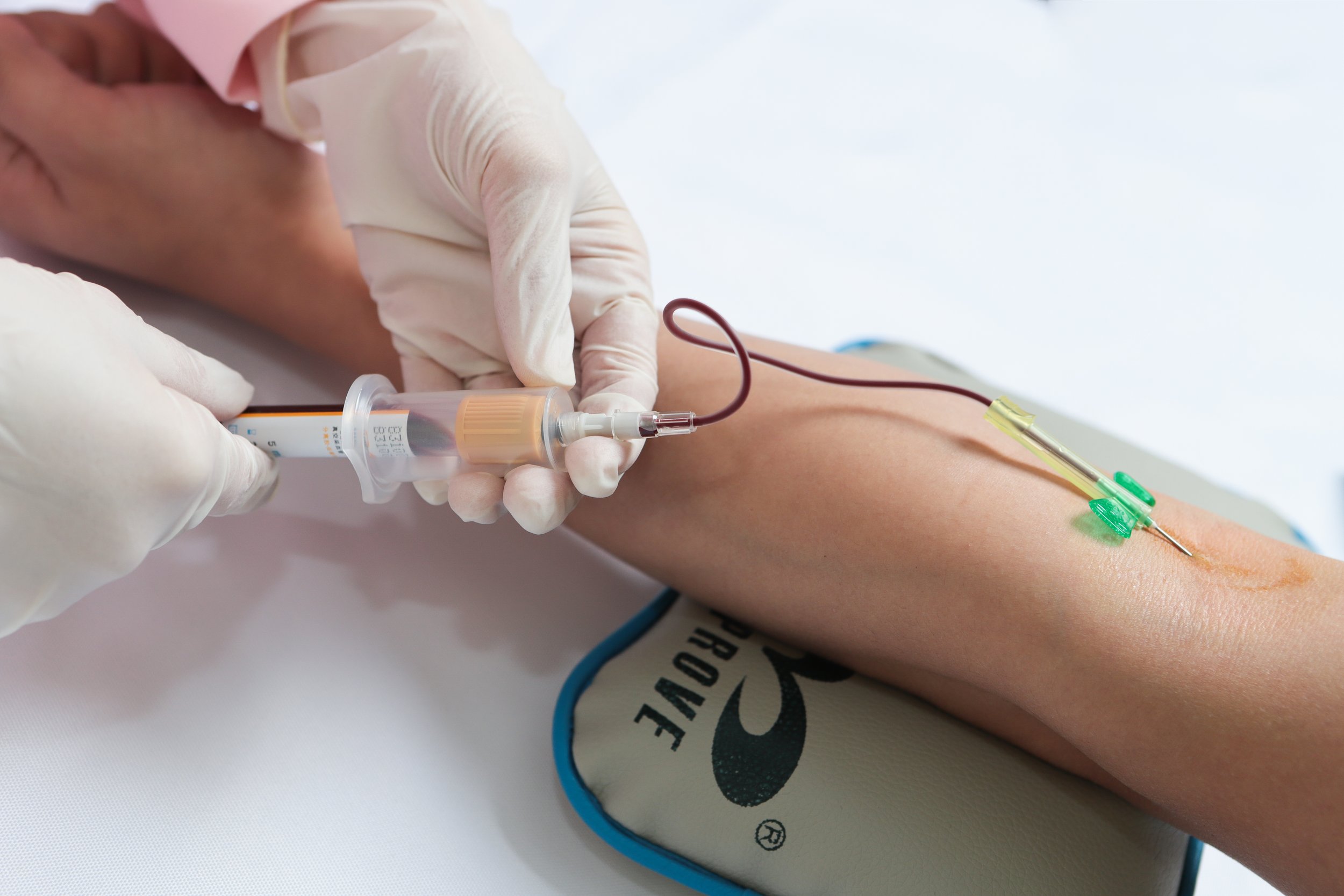Understanding the Unique Needs of Elderly Patients in Long-Term Care Facilities: Tips for Phlebotomists
Summary
- Understanding the unique needs of elderly patients in long-term care facilities
- Importance of communication and building trust with elderly patients
- Ensuring proper technique and handling of samples for accurate results
Introduction
Phlebotomists play a crucial role in the healthcare system by collecting blood samples for various tests and procedures. When working with elderly patients in long-term care facilities, phlebotomists must consider several special considerations to ensure a positive experience for both the patient and themselves. In this article, we will discuss some important factors that phlebotomists should keep in mind when collecting samples from elderly patients in long-term care facilities in the United States.
Understanding the Unique Needs of Elderly Patients
It is essential for phlebotomists to recognize that elderly patients in long-term care facilities may have specific needs and challenges that differ from younger patients. Some important considerations include:
- Physical limitations: Many elderly patients may have mobility issues, arthritis, or other physical limitations that make it difficult for them to sit or hold out their arm for blood collection. Phlebotomists should be prepared to assist patients with positioning and support during the procedure.
- Cognitive impairments: Some elderly patients may have cognitive impairments such as Dementia or confusion, which can make the blood collection process confusing or frightening for them. Phlebotomists should approach these patients with patience, understanding, and clear communication.
- Comorbidities: Elderly patients in long-term care facilities often have multiple chronic conditions and may be on several medications. Phlebotomists should be aware of these comorbidities and medications that could affect the blood collection process or results.
Importance of Communication and Building Trust
Effective communication is key when working with elderly patients in long-term care facilities. Building trust and rapport with patients can help ensure a smooth and comfortable blood collection experience. Some tips for effective communication include:
- Explain the procedure: Before starting the blood collection process, phlebotomists should explain the procedure to the patient in simple, easy-to-understand language. This helps alleviate any anxiety or fear the patient may have.
- Listen to the patient: Elderly patients may have concerns or questions about the blood collection process. Phlebotomists should take the time to listen to the patient's concerns and address them appropriately.
- Be patient and respectful: Phlebotomists should approach elderly patients with patience, empathy, and respect. Building a positive rapport with the patient can help make the blood collection process more comfortable for them.
Ensuring Proper Technique and Handling of Samples
Proper technique and handling of blood samples are crucial to ensure accurate Test Results and prevent contamination. When collecting samples from elderly patients in long-term care facilities, phlebotomists should follow these guidelines:
- Use appropriate equipment: Phlebotomists should use the right size needles and tubes for elderly patients, taking into account their fragile skin and veins. Proper equipment can help minimize pain and discomfort during the blood collection process.
- Follow infection control protocols: Phlebotomists should adhere to strict infection control protocols to prevent the spread of infections in the long-term care facility. This includes proper Hand Hygiene, using gloves, and sanitizing equipment between patients.
- Label samples correctly: Accurate labeling of blood samples is essential to prevent mix-ups and ensure that Test Results are attributed to the correct patient. Phlebotomists should label samples clearly and accurately following the facility's protocols.
Conclusion
Phlebotomists play a vital role in the healthcare system, especially when working with elderly patients in long-term care facilities. By understanding the unique needs of elderly patients, communicating effectively, and ensuring proper technique and handling of samples, phlebotomists can help provide a positive and comfortable experience for their patients while ensuring accurate Test Results.

Disclaimer: The content provided on this blog is for informational purposes only, reflecting the personal opinions and insights of the author(s) on the topics. The information provided should not be used for diagnosing or treating a health problem or disease, and those seeking personal medical advice should consult with a licensed physician. Always seek the advice of your doctor or other qualified health provider regarding a medical condition. Never disregard professional medical advice or delay in seeking it because of something you have read on this website. If you think you may have a medical emergency, call 911 or go to the nearest emergency room immediately. No physician-patient relationship is created by this web site or its use. No contributors to this web site make any representations, express or implied, with respect to the information provided herein or to its use. While we strive to share accurate and up-to-date information, we cannot guarantee the completeness, reliability, or accuracy of the content. The blog may also include links to external websites and resources for the convenience of our readers. Please note that linking to other sites does not imply endorsement of their content, practices, or services by us. Readers should use their discretion and judgment while exploring any external links and resources mentioned on this blog.
